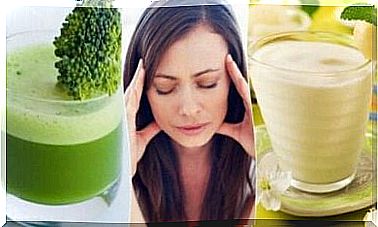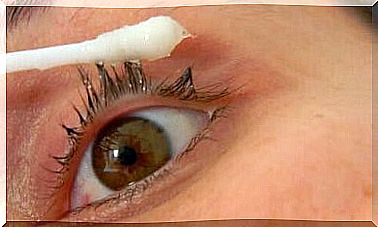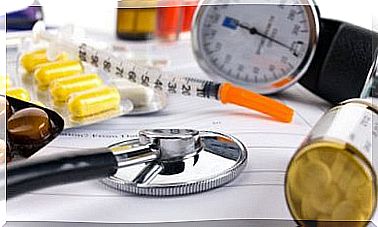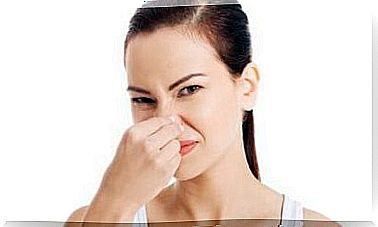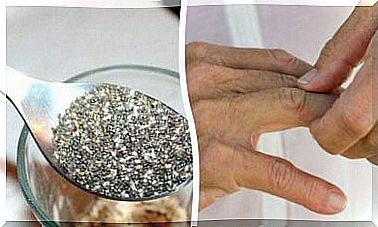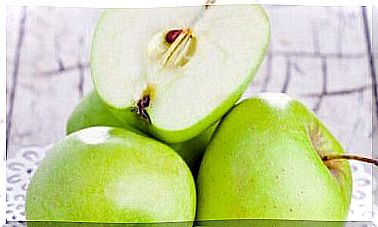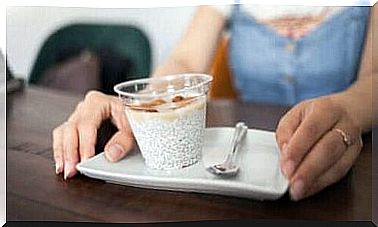Horse Chestnuts: A Partner Against Varicose Veins
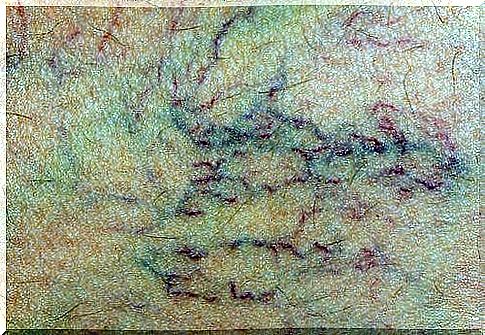
In recent years, horse chestnuts have emerged as one of the greatest aids against varicose veins. And against the treatment of RSL (restless legs syndrome). Chronic venous insufficiency affects a large proportion of the population. In fact, as many as 20-60% of adults have problems with this. It’s annoying, makes everyday life difficult. And can give the person a disfiguring feeling, in addition to being difficult to treat.
Fortunately, there are several studies that show that horse chestnut is effective against varicose veins, and this is why the seeds are used to treat these and similar problems. The treatment gives good results in patients who have been under observation and medical supervision. Here we will tell more about it.
What are horse chestnuts?
Horse chestnuts are originally from Asia, but they are also found elsewhere in the world. We are actually used to seeing the majestic trees in parks all around. It is great to think about what good medicinal properties each part of the tree has:
- The leaves are effective against treating eczema, menstrual cramps, swelling caused by sprains, fractures, or even joint pain.
- The bark is often used to treat malaria and dysentery. And it is even investigated what effect it has on people suffering from lupus and sore skin.
- The seeds are the part of the horse chestnut that has undergone the most studies. There are thousands of published articles that support the theory that the seeds’ main component, aescin, reduces inflammation and pain in the legs. It is an excellent medicine that promotes blood circulation and prevents the accumulation of fluid. In fact, the European database of natural medicine qualifies the seeds as effective, as does the Pharmaceutical College of Barcelona (in Spain).
How do horse chestnuts work against varicose veins?
Horse chestnuts contain a component in the seeds called aescin, which leads to normal blood circulation. This also prevents the production of edema by promoting fluid loss through the urine. It is especially suitable when we feel the painful feeling of swelling in the legs, the heaviness in the knees or the painful cramps that cause so much pain.
Indian horse chestnuts also work well to strengthen our capillary resistance, resolve edema and reduce inflammation. They are also very useful when we have the typical spider veins on our legs, or when we get scary stomach ulcers. The properties of horse chestnut have also been studied in the context of hemorrhoid problems, and can be soothing there.
How to eat Indian horse chestnuts?
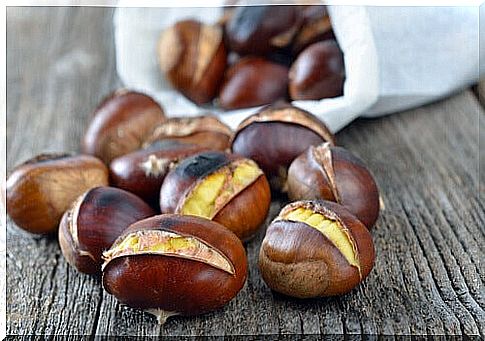
You can find horse chestnuts in regular stores or as capsules in health food stores. It is most commonly found in capsules, but horse chestnut is also found in creams and ointments. The most common dose is 400 mg per day, which is equivalent to 2 capsules a day. Take one before breakfast and one after dinner. This will also prevent muscle cramps.
Are there any disadvantages to taking Indian horse chestnuts?
It is always best to consume the medicinal preparations made in the laboratory, as they have removed the components that are not necessary. You must also limit the amount of horse chestnuts you eat if you are:
Pregnant, diabetic or have liver problems, as horse chestnuts may contain elements that are not healthy for them.
So, let’s just end by saying that this Asian tree is a natural treasure that can help many people with a multitude of different problems.

